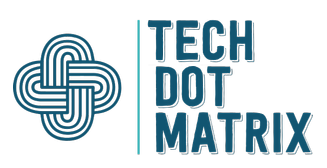
New technologies impact every aspect of our life trying to make it easier and more fun, and education is not an exception. It is not a secret that modern students don’t enjoy the traditional ways of teaching, and they lean towards online learning. Sometimes even in a virtual classroom, it is hard to capture their attention and keep the students focused. Online course developement is a new challenge that needs technological solutions. Here are the top 5 technologies that will make your class more entertaining and engaging.
1. Virtual Reality
Year by year, Virtual Reality becomes more accessible. The use of virtual reality spreads quickly, and it is no longer viewed as simply a tool for watching movies or playing games. Implementing VR in an online classroom can emotionally engage students, making the learning process unforgettable. Imagine having a history class where students can “travel in time” and see the ancient architecture, culture, and even “participate” in wars.
2. Augmented reality
AR is an experience of a real-world environment, where objects are enhanced, and you have a precise registration of visual and real objects. With AR, studying becomes more than memorization. AR allows students to dive deeper and observe the smallest details of objects. The best way to implement AR in online education is through smartphone applications. Teachers can present 3D models, different lessons. Imagine how exciting anatomy class with AR would be. Some apps even allow students to scan pages and get more information on the topic in the form of teacher comments, video or audio recording.
3. Cloud Computing
Cloud computing is the group of computing resources located at different places all over the world, which can be shared and accessed from anywhere. Cloud computing provides access to data to anyone within the same framework. Instead of using a local storage device to manage files and services, cloud computing uses the Internet. You can create databases and share information faster. Online teachers can use this, to upload class material without worrying about data security or data loss.
4. 3D printing
This is all about visualization. It seems that people these days learn things better when they can see the structure. The 3D printer is an excellent tool for all students, including online learners to create models and prototypes, such as molecules, the structure of cell for Chemistry, interactive maps for Geography, etc. and study them closely. They can use different materials, like plastic, wood, metal, and you can even create a digital model.
5. Virtual laboratories
One of the best parts of classes involved doing various experiments. For some time, people thought online learning could not provide that experience; however, virtual laboratories accepted the challenge. A virtual laboratory is an on-screen simulator where you can test your ideas and observe the results. Moreover, the advantage of virtual laboratories is safety. While it can be dangerous for inexperienced students to be around and experiment with hazardous substances, virtual labs eliminate all that risk. Another advantage is the low cost because you don’t have to buy expensive equipment or machines.
You might also like our TUTEZONE section which contains exclusive tutorials on how you can make your life simpler using technology.




